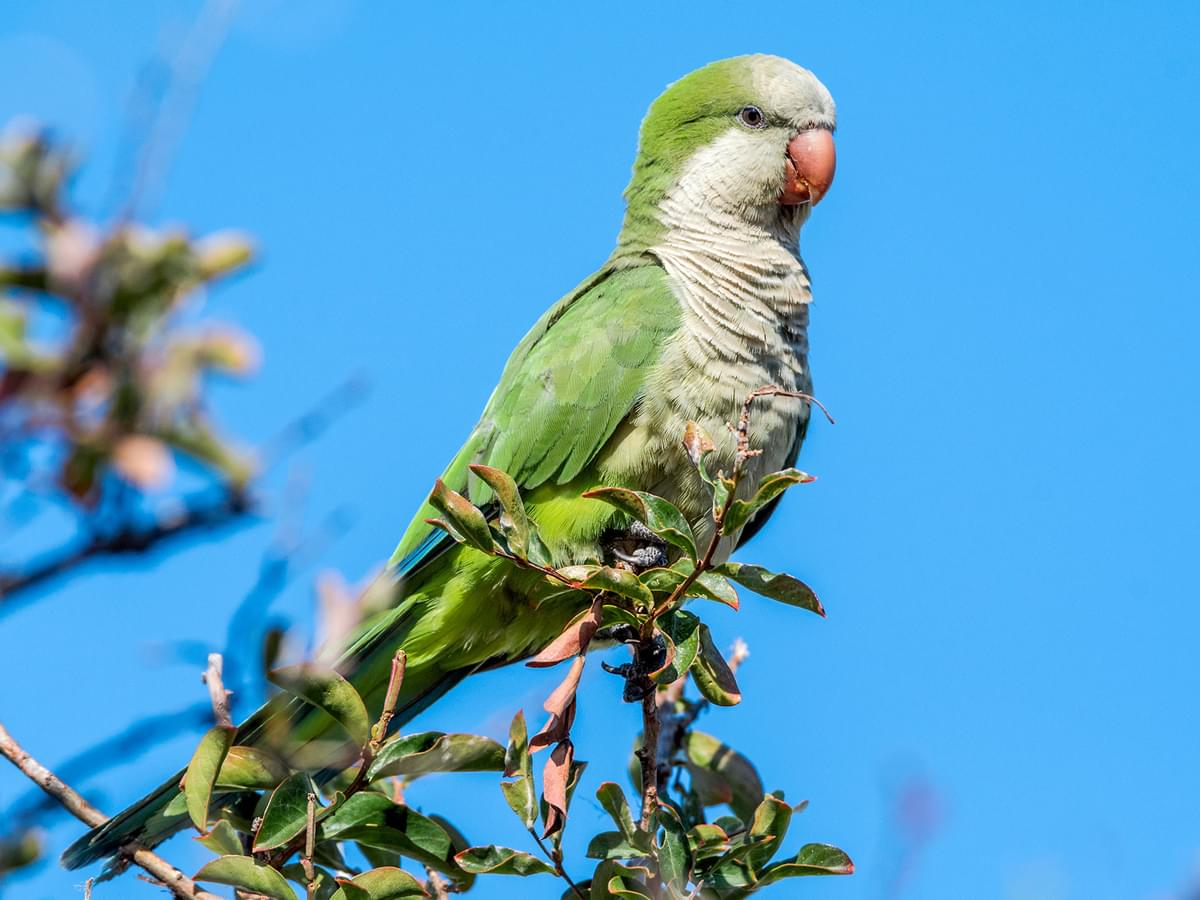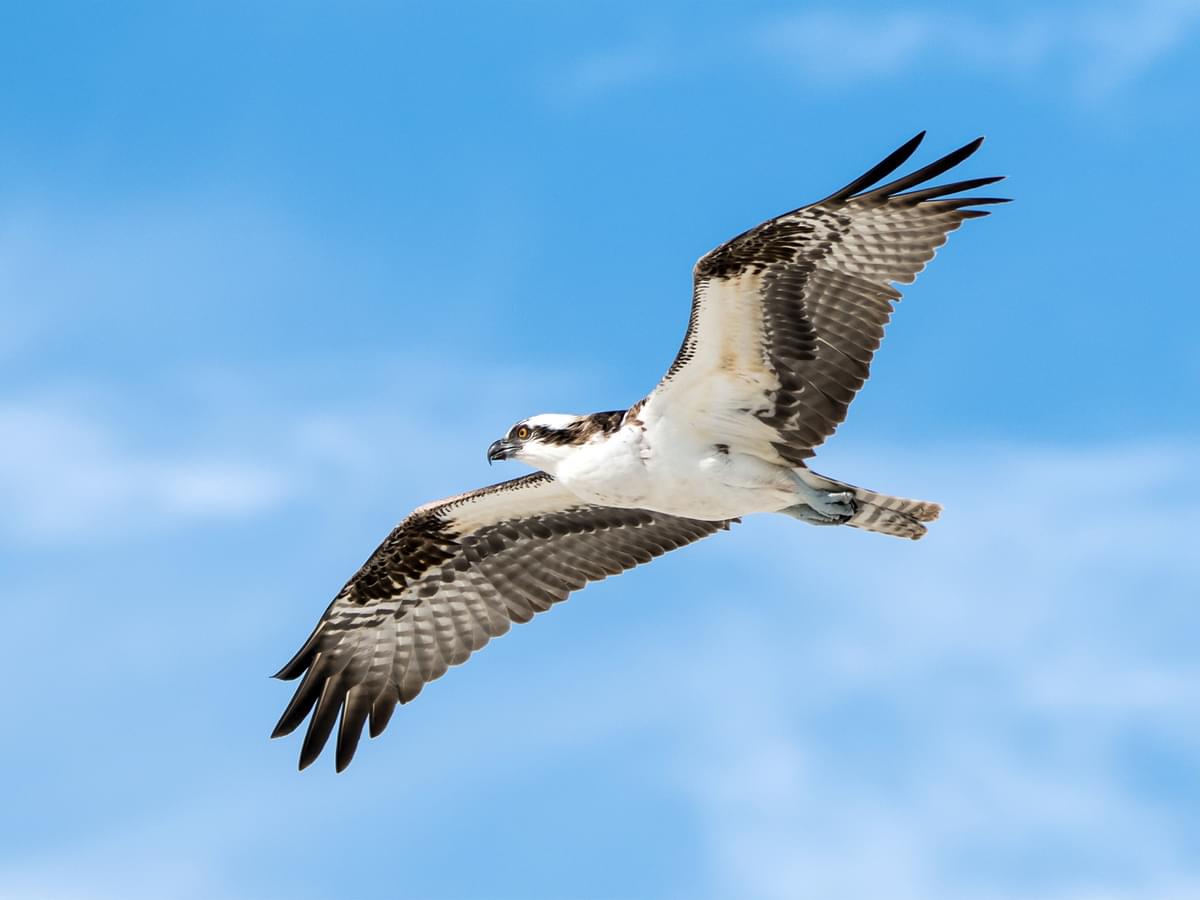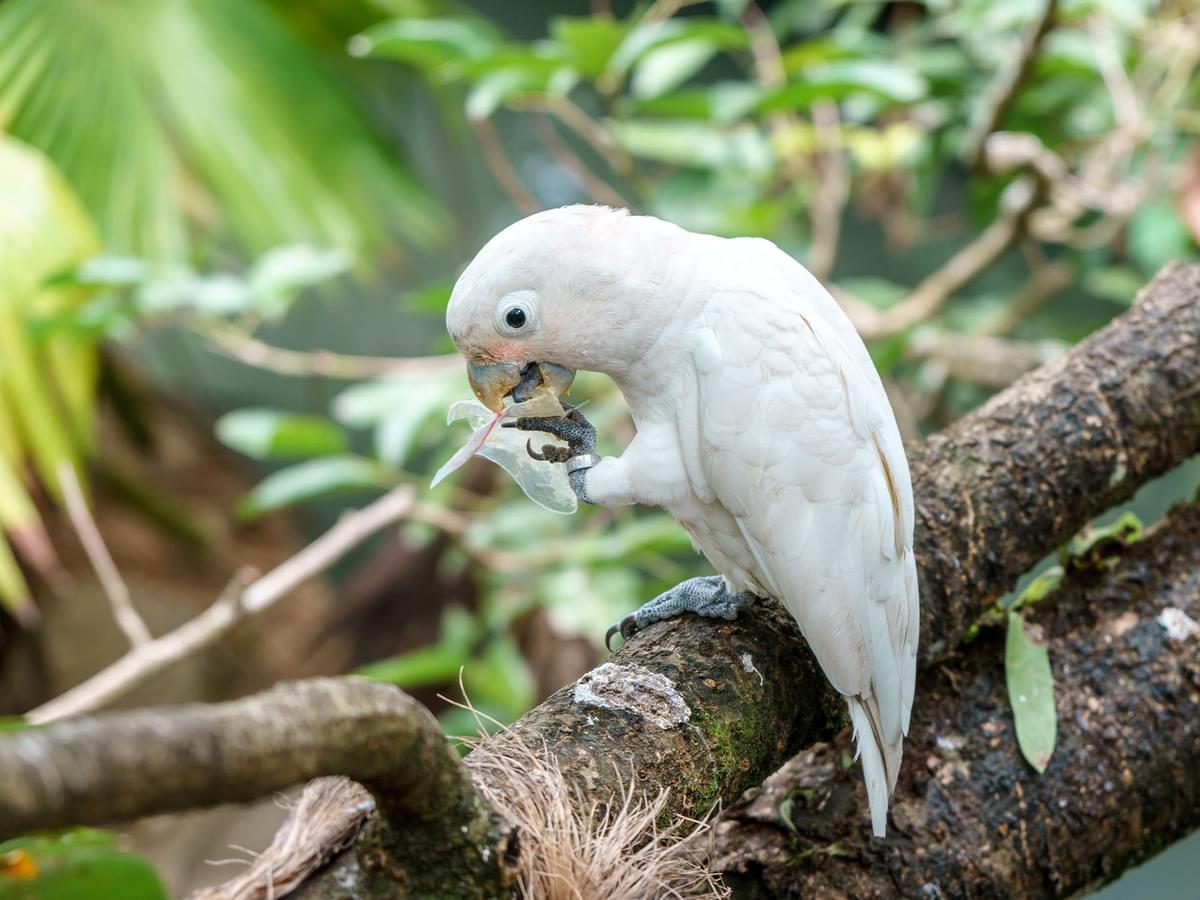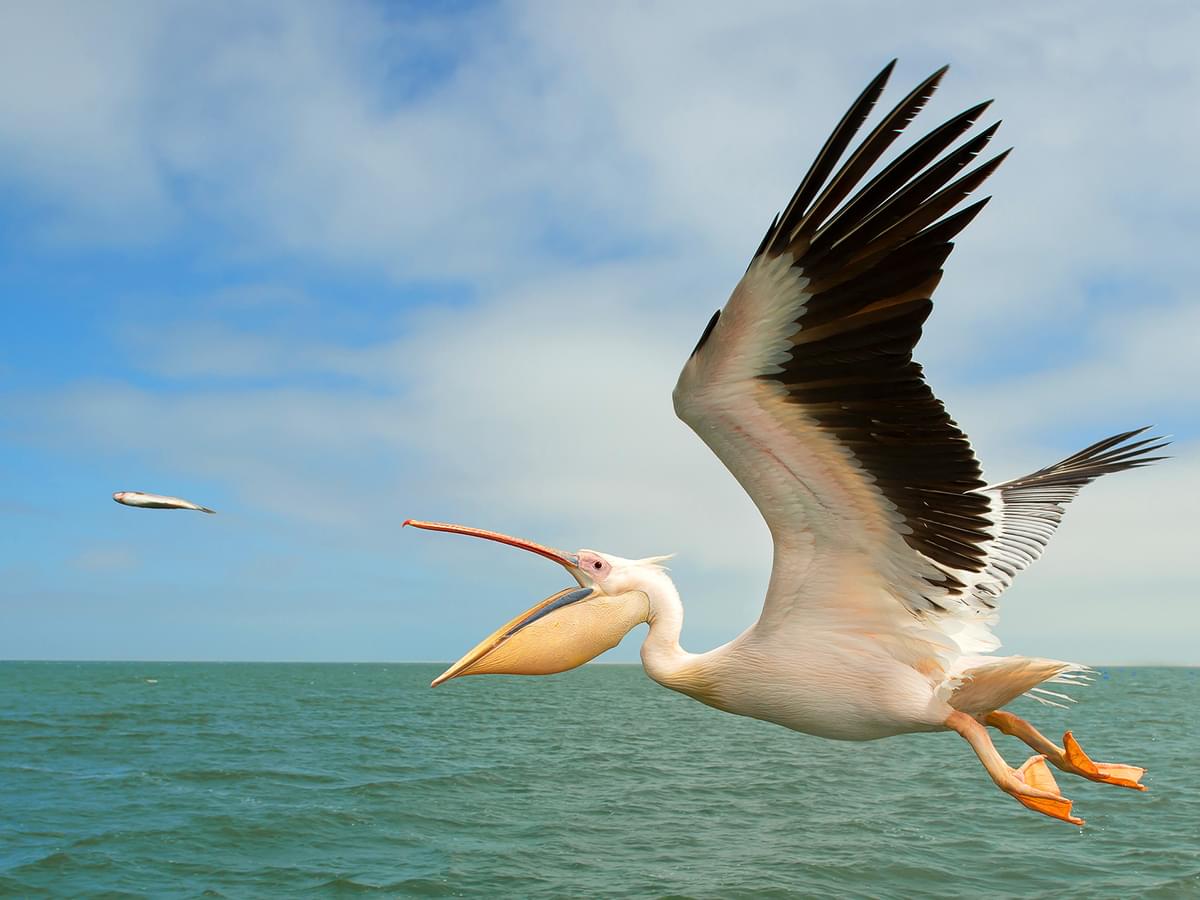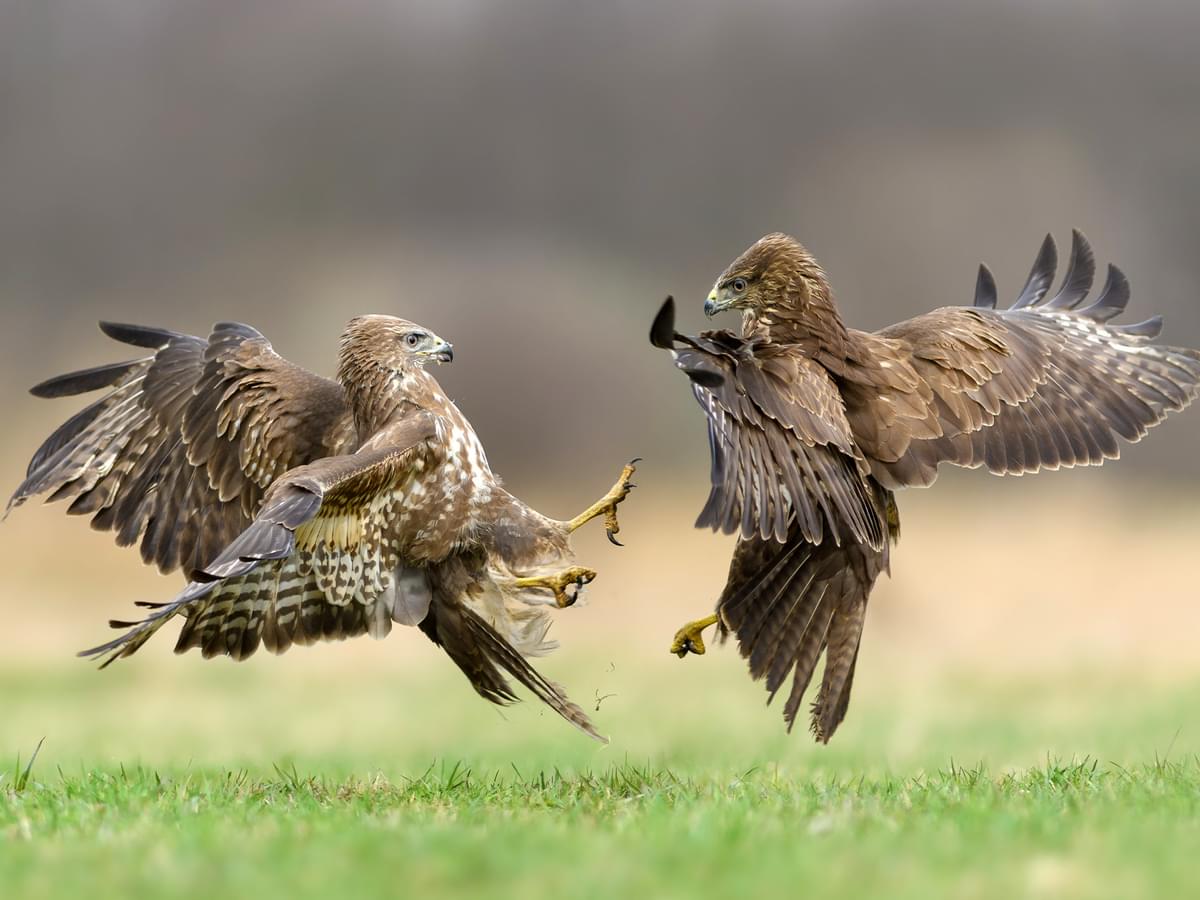Memory and Cognition
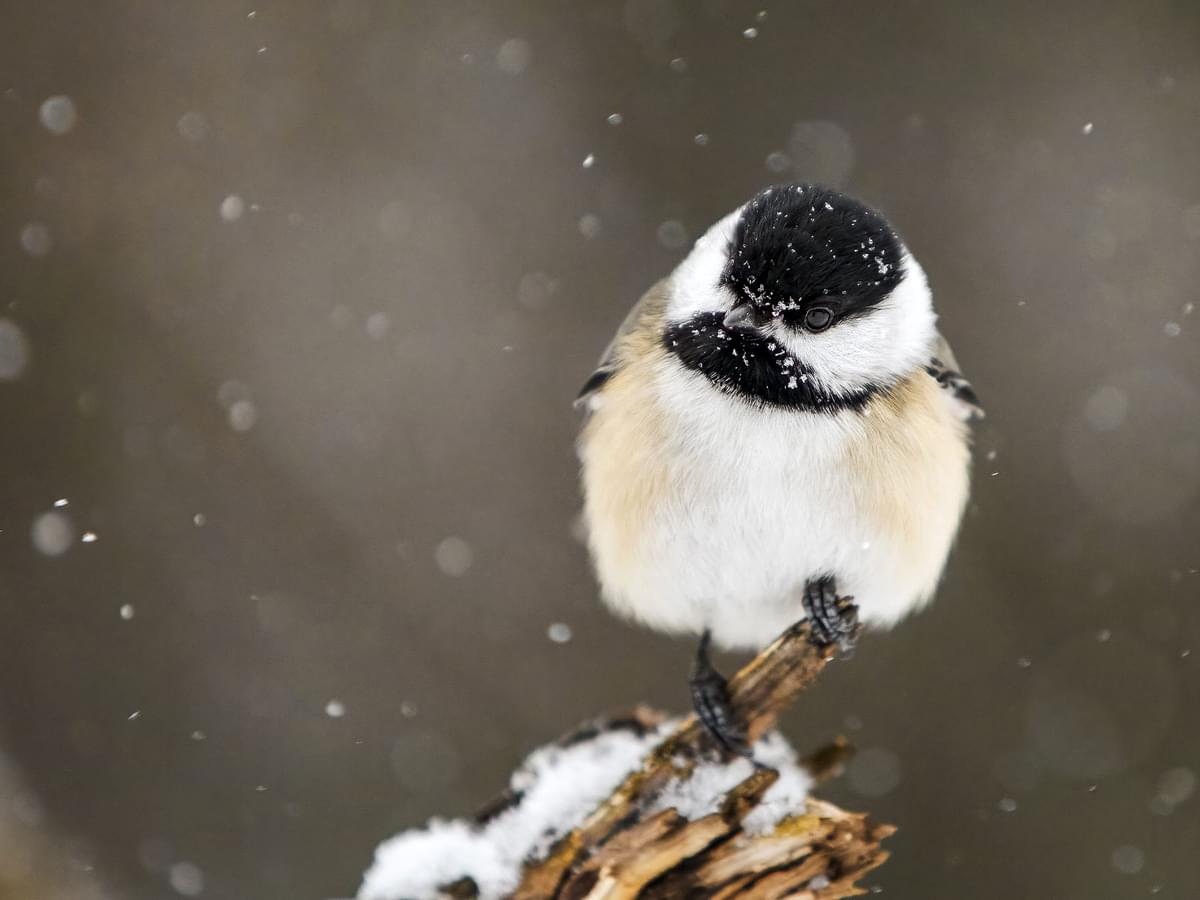
It’s the dead of winter in a frozen northern forest, and most of the region’s songbirds have long since abandoned these woods for the milder conditions of the American Southeast or Central America.
A tiny bird fluffs out its feathers against the cold before flying to a nearby tree. Hidden within a small cavity lies a bounty of seeds, faithfully stored in the fall. Forward-thinking and a keen memory will keep this Chickadee alive through some of the harshest conditions on earth.
From suburban Crows and Mockingbirds that remember unfriendly faces to Nutcrackers, Chickadees, and Nuthatches that memorize the location of food stores, birds have evolved to use impressive memory and cognition in many of their everyday behaviors.
Read along as we unpack some of the fascinating secrets of bird memory and what they mean for the survival of our feathered friends.
Foundations of Avian Cognition
Brainy Beaks
The brain regulates the body’s vital processes, including functions like breathing, temperature regulation, locomotion, sensory perception, learning, and memory. Of course, all birds have brains, although there are some key structural differences between species.
Brain size is correlated with intelligence in birds, and the pallium, in particular, is largest in smart groups like the corvids and parrots. Species that rely on spatial memory also have notable differences in brain structure. The hippocampus, a region in the upper portion of the brain, may be highly developed in these species.
Scientists have discovered that the hippocampus is especially large in birds like Chickadees that use memory to recover stored food. Remarkably, the size of the hippocampus may even vary between populations of a species, depending on how much they rely on food storage to see them through the winter!
Cognition Defined
Cognition describes the complex process of acting, memorizing, and learning through observation and other sensory data. Birds rely on cognition for memory and most other aspects of their lives, such as selecting a mate, finding food, and maintaining social bonds.

Pictured: A Canada Jay. This species caches large quantities of food for when food becomes harder to find
Bird Memory Capabilities
Recollections on the Wing
We may never know exactly how birds think, but their memory power stands out in many of their natural behaviors. Continue reading to learn about three types of memory seen in wild birds.
Spatial memory
Spatial memory is very important for both migratory and resident birds to navigate the world around them. Without remembering places, birds would not be able to reuse a favorite roost site or return to a well-stocked feeder in their home range. Some birds have an advanced ability to remember locations at long distances, particularly those species that return to distant breeding colonies each spring.
Episodic memory
Episodic memory deals with the recollection of events and is very important for birds that store food caches. This kind of memory may involve a spatial element but also includes the ‘what’ and ‘when’ information associated with the event.
Social memory
Birds can remember individuals, either of their own species or others. From their first day, precocial bird chicks imprint on their parents by memorizing their appearance, forming a bond that may last a year.
As adults, migratory birds form long-term bonds with their partners but separate during the non-breeding season. These faithful birds may fly thousands of miles to reunite and mate with the same individual at the same place year after year.
Notable Instances of Memory Use
The two bird species discussed below are textbook examples of spatial and episodic memory.
Clark’s Nutcracker - Nucifraga columbiana
Clark’s Nutcracker is a small member of the crow family that lives in mountainous areas of the Western United States and Canada. These clever corvids bury thousands of small pine seed caches in the ground to secure a steady food supply for the cold winter months. Remarkably, they can remember exactly where they stashed the seeds months later and even uncover them under deep snow!
Northern Mockingbird - Mimus polyglottos
The Northern Mockingbird is an accomplished mimic that can remember and reproduce the songs and calls of many other bird species. However, these birds don’t only remember sounds. Mockingbirds can also memorize the appearance of humans they perceive as threats and will mob these ‘enemies’ while letting others pass by in peace. Similar behavior has been recorded in American Crows and Magpies.

Pictured: A Clark’s Nutcracker. These clever corvids bury thousands of small pine seed caches in the ground to secure a steady food supply for the winter months

The Northern Mockingbird (pictured) is an accomplished mimic that can remember and reproduce the songs and calls of many other bird species
Problem Solving and Learning
Minds in a Maze
Many birds are seemingly hard-wired to act in specific ways, often using their unique anatomy to forage and behave in ways typical of their species. However, some species show much greater cognitive flexibility, including the ability to solve new problems in their environment.
Parrots and Crows, for example, have demonstrated surprising skill in several experiments involving memory, tool use, and social learning in problem-solving.
These and other adaptable birds like Herring Gulls demonstrate similar behaviors out in the ‘wilds’ of suburbia and other human-altered environments by learning and memorizing new foraging skills like opening trash cans, snatching takeaways from unwitting tourists, or even shoplifting packaged snacks in broad daylight!
Learning from Experience
Memory is essential for learning. Without remembering the consequences of an action, a bird may be doomed to make the same mistakes every time it needs to solve a problem.
Evidence shows that birds perfect the art of nest building through experience rather than being born with complete knowledge of how to build these complex structures. The search for food also provides a good example of how birds learn from experience.
Eating too many of the wrong berries or hunting the wrong butterflies can have serious consequences, so birds learn to avoid toxic insects by associating bright ‘warning’ colors with distastefulness.
Learn more about the Problem-solving Abilities and Foraging Techniques of Birds

Pictured: A Herring Gull foraging for food in a bin
Social Cognition
Feathered Friends and Foes
Birds have varying social systems, ranging from highly territorial species with large, exclusive territories to gregarious species that live or nest communally with thousands of other individuals. No matter their social behavior, birds must have some way of recognizing other members of their species.
At an individual level, birds can learn to identify their mates, offspring, or neighbors by memorizing their unique calls. Communal species may identify the social status of other birds by physical characteristics like their size and plumage or by behavioral cues such as songs, posturing, and aggression. These are also important factors in mate selection.
Learning from Peers
Birds can learn through their own experiences, but they also pick up many important life skills by observing or listening to others. Parents may teach their young what to eat by uttering specific calls at food sources, or information can spread culturally, as is the case in regional song dialects.
A fascinating study has shown that, at least in some cases, adult birds can also learn from the experiences of their peers. Researchers found that Blue Tits and Great Tits could learn to avoid distasteful food by watching videos of others having a ‘bad experience’ while testing it.
Learn more about Birds Social Structures and Displays and Postures

Pictured: A Blue tit. Researchers found that Blue Tits and Great Tits could learn to avoid distasteful food by watching videos of others having a ‘bad experience’ while testing it
Cognitive Ecology
Survival of the Smartest
The impressive cognitive abilities of birds have not evolved by accident. Since advanced brain development and corresponding intelligence and memory are not equal among the ten thousand-odd species in the world, it’s fair to say that these traits have evolved in birds that benefit most from them.
Memorizing the location of buried food has clear benefits for a hoarding Jay, and keeping tabs on enemies might help protect a Magpie’s chicks. Therefore, these useful traits have been selected for because they increase their species’ chance of survival and successful reproduction.
However, such specialized cognitive skills are of little benefit to birds that don’t need them. Investing in an unnecessarily well-developed sense of memory, for example, could even come at a cost to the development of other important senses, behaviors, or characteristics.
Environmental Interaction
Birds form an integral part of ecosystems as predators and prey worldwide. Advanced cognition may give them a competitive advantage, but it also affects the species they share their environments with.
A seed-hoarding Blue Jay, for example, secures a winter food source but also plants its own food. Forgotten acorns sprout where the birds buried them, creating future feeding opportunities and valuable habitats for many other species that share their woodland home.

The seed-hoarding Blue Jay (pictured) secures a winter food source but also plants its own food
Summary
More than just mindless instinctual creatures, birds use their advanced cognitive abilities and memory to maintain social bonds, learn important lessons, and navigate many environmental challenges.
Scientists continue to gain fascinating new insights into the minds of birds by studying their behavior in the wild, in learning experiments, and under the microscope. However, you don’t need a laboratory to enjoy fascinating observations.
Keep an eye open for Chickadees, Tits, and Jays caching food this fall/autumn, watch the way ducklings imprint on their mother this summer, and steer clear of nesting Crows and Jays - they don’t forget their enemies!
